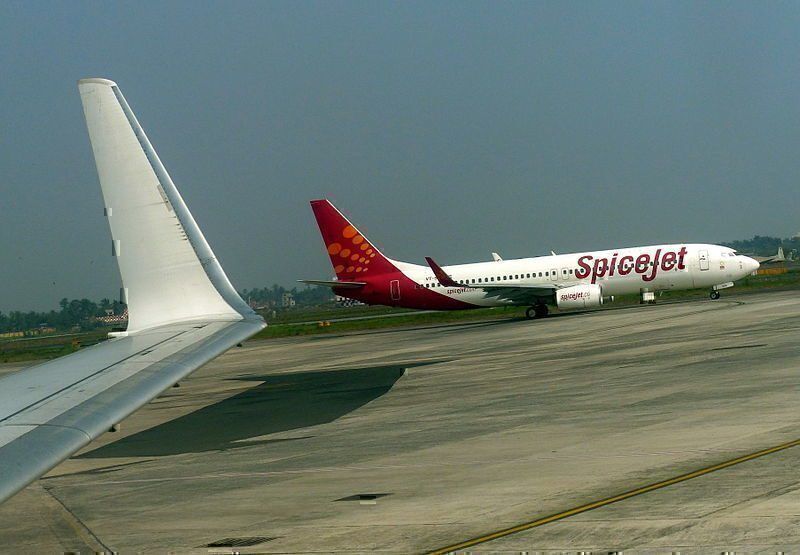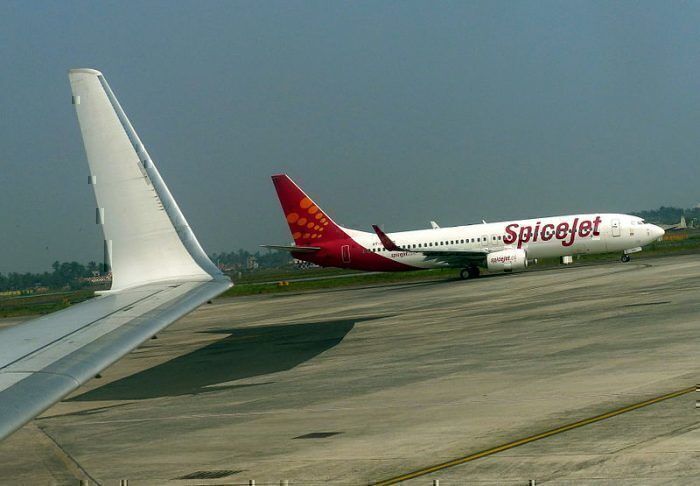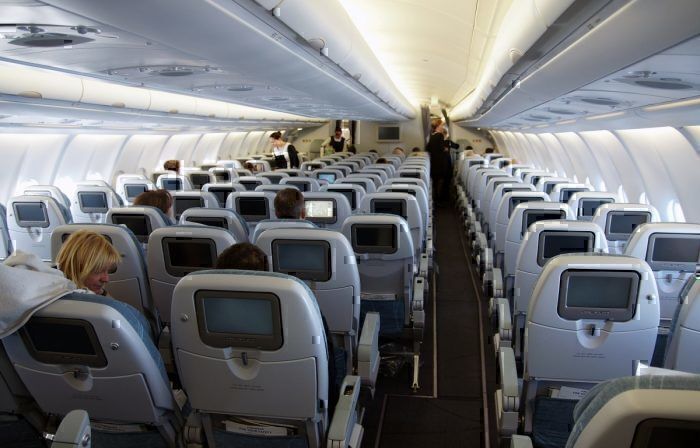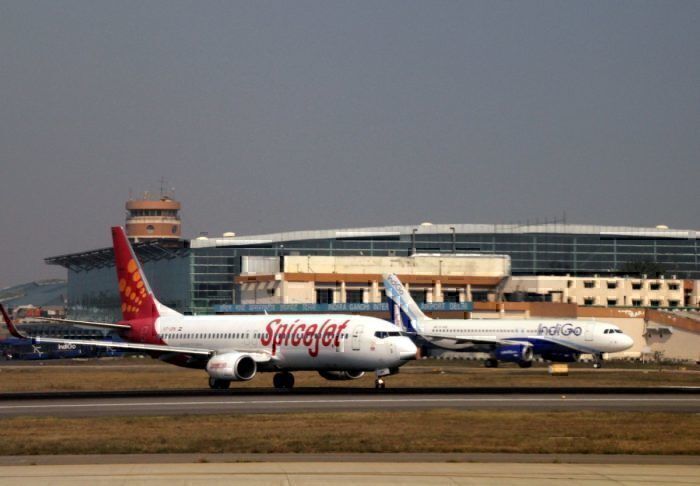SpiceJet is continuing preparations for direct flights to the UK this winter, according to reports by Live From A Lounge. The Indian budget airline based in Gurgaon has requested slots at London Heathrow and Manchester Airport as it eyes a share of the India-UK market. Slot requests have been filed to fly an A330-300, which is not part of the airline’s current inventory, raising speculation over where these aircraft will come from.
Following the collapse of Jet Airways earlier this year, there is significant spare capacity on routes between India and the UK.
There is also a host of ex-Jet Airways inventory on the market, as the former second-largest airline in India goes through insolvency proceedings. According to Quartz India, SpiceJet has received a total of 130 ex-Jet Airways slots, ten more than its larger competitor IndiGo.
SpiceJet has also requested Jet Airways’ old slots at Manchester Airport. As these requests have been listed with an A330-300, SpiceJet may well be eyeing up one of Jet Airways’ four grounded widebody aircraft to operate the route.
Going wide body
SpiceJet doesn’t operate any widebody aircraft in its current fleet, making the application to operate the A330-300 on its new India-UK routes a big step for the airline.
Commencing operation of widebody aircraft comes with a big financial risk if an airline cannot fill the flights beyond a reasonable capacity.
Less fuel-efficient than the newest generation of narrowbodies, widebody jets can quickly lose an airline a lot of money if flown on long routes with lots of empty seats.
In an interview with CNBC, Ronojoy Dutta, CEO of SpiceJet rival IndiGo, said that a hasty move towards widebody jets was one of the factors behind the demise of Jet Airways. He remarked that “They jumped into wide bodies too early, too fast, with a fragmented fleet”.
SpiceJet and Indigo are competing for their share of the gap left behind by Jet Airways. Despite no shortage of investment offers for SpiceJet, IndiGo is in a better position to capitalize as far as funds go.
The demand for India-UK flights
A report published by the IATA in August 2018 projected a 330% increase in the number of passenger flights in, to and from India within the next 20 years. With a growing middle class and a well-established travel and tourism sector, such high predicted growth is no surprise.
SpiceJet, IndiGo and other Indian airlines will be well aware of the potential for air passenger growth into and out of their country and are investing accordingly.
But figures released in January could mark the beginning of a worrying downward trend in the number of Indian air passengers. An otherwise healthy growth rate of 9.4% in January 2019 marks the slowest rate of growth for four years.
If this trend continues it could spell bad news for SpiceJet as their new investment hits amidst a fall in demand.
As it looks like SpiceJet is opting for the widebody A330-300 for flights to Manchester and London Heathrow, high capacity flights will be crucial if the airline is to avoid the same mistakes made by Jet Airways.




